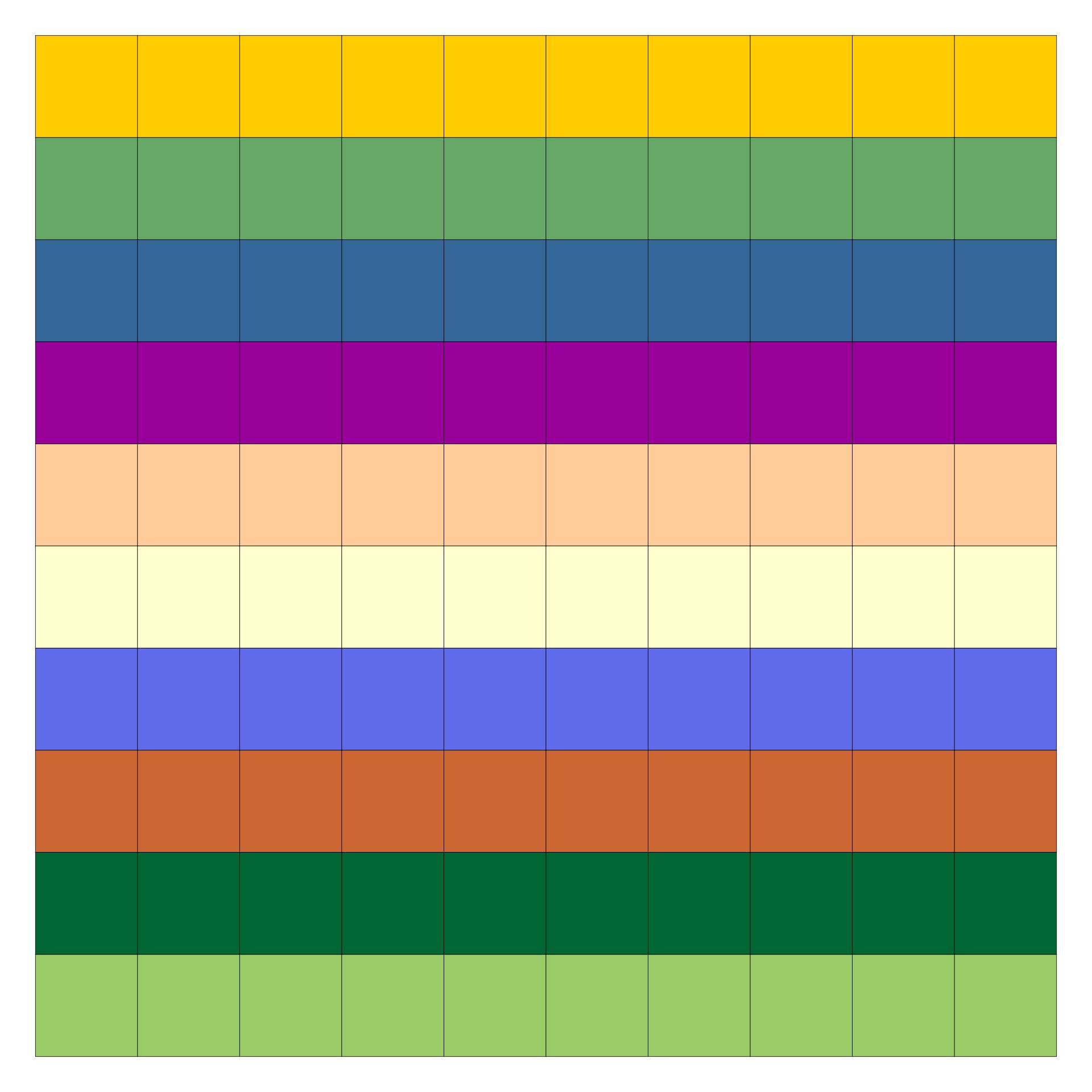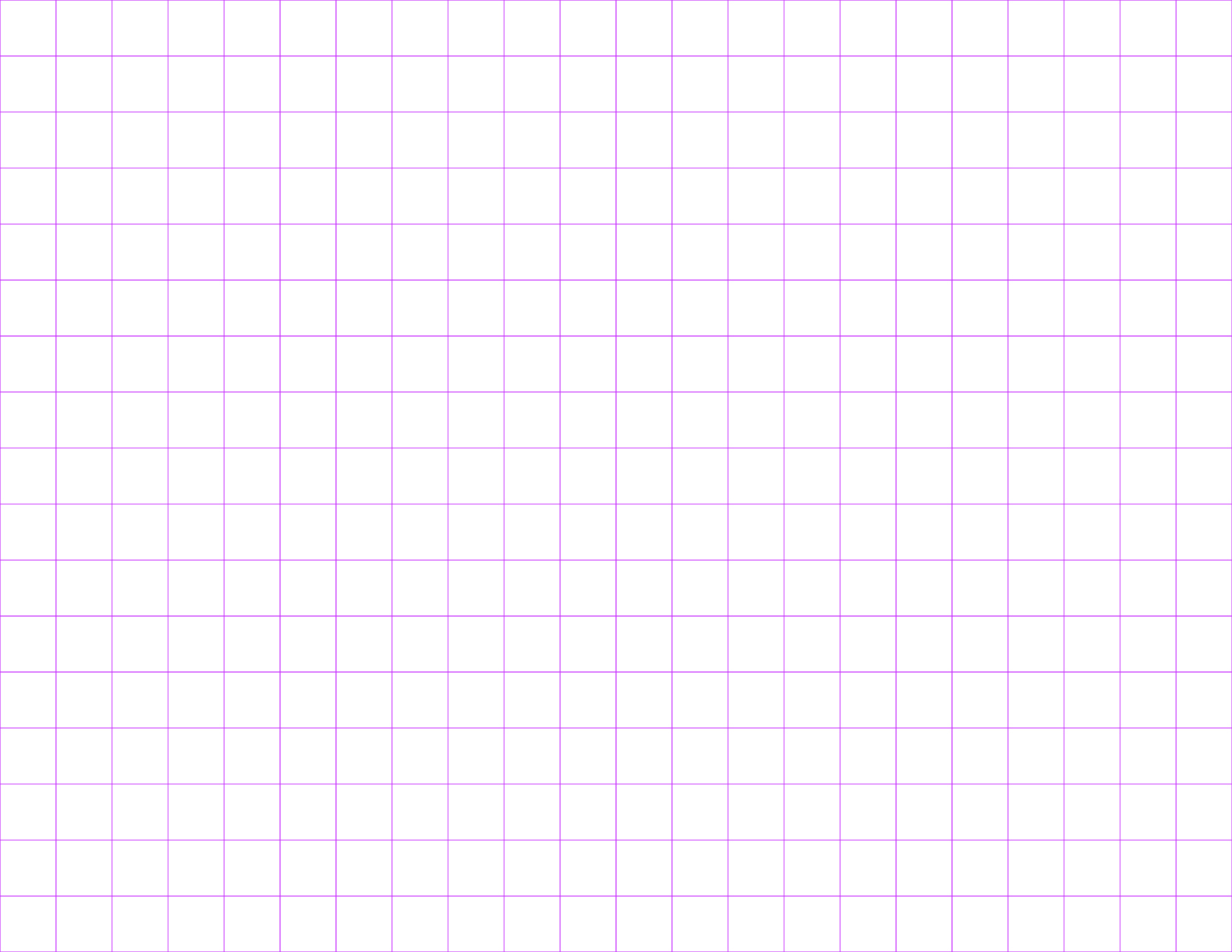
#GRIDDED PICTURES ISO#
Canon 5DIV, Sigma Art 24mm prime, 1/200, f/1.4, ISO 100 (Edited with Visual Flow Presets: Modern > Flash) Canon 5DIV, Sigma Art 24mm prime, 1/200, f/1.This listing is for a PAPER pattern or GRIDDED TRACING FABRIC pattern for you to transfer to the backing of your choice. Hold the camera up to the phone surface and angle it accordingly for a solid reflectionĪfter composing the shot and dialing in the details, we captured a few more photos and arrived the following final images. The handrail didn’t look horrible in the previous images, but using my phone, I concealed the rail and added interest to the photo with the reflection. Step Four: Use a Phone to Add a Reflection and Conceal Unwanted Elements in the Scene A smartphone surface conceals the stair rail and adds interest with a reflection In order to bump up the light output a bit, we simply leaned the light in closer to our subject.
#GRIDDED PICTURES SERIES#
In this series of shots, we’re using the modeling light on the flash. We’re using a Profoto B10, but you can use most any flash to achieve similar results. Moving the light source closer added a little extra light to our subject This is a step in the right direction however, we can still make adjustments to get to a better final image. When you compare the shot with the grid to the previous shot, you can see the grid’s impact on the image. Off-camera flash used with and without a grid The 20-degree grid is sort of a middle-of-the-road option, not too tight or too wide. The lower the degree number, the tighter the focus of the beam of light coming from the flash, and vice versa. Grids are measured in degrees, and we’re using a 20-degree grid. A closer look at the 20-degree grid in action on a Profoto B10 The grid will ensure the light doesn’t spill onto the walls or other parts of our scene that we want to keep underexposed.

In order to adequately light our subject while maintaining the ambient look we’re after, we’re going to need to add a grid to funnel the light coming from our off-camera flash. bare bulb using identical camera settings Add a Grid to the Off-Camera Flash Canon 5DIV, Sigma Art 24mm prime, 1/200, f/1.4, ISO 100 ( Profoto B10 flash used with a 20-degree grid) You can see that while our subject now has adequate light, the tremendous amount of light spill has killed the natural look of the scene. To illustrate what happens when using a flash with no grid, we added a Profoto B10 to camera right and kept our same camera settings from the previous shot. Add Off-Camera Flash Canon 5DIV, Sigma Art 24mm prime, 1/200, f/1.4, ISO 100 ( Profoto B10 flash used without a grid) Step Three: Modify the Lightīased on the previous image, we can see that we don’t have enough light landing on our subject’s face we’re going to need to modify the light and add a flash to bring our subject back as the focal point of the photo. The neon light on the mural now creates a much more intriguing backdrop for our subject. Step Two: Dial In Ambient Light Canon 5DIV, Sigma Art 24mm prime, 1/200, f/1.4, ISO 100 (no grid or flash used)įor this image, we’ve cut the ISO to lower the ambient light and capture more of the ambiance we lost in the initial shot. Everything looks sort of bright and washed out. Because we’ve exposed for the skin, we’ve lost a lot of the unique ambiance from the neon lights and other details in the scene.

#GRIDDED PICTURES SKIN#
In the image above, we composed the shot, but we only exposed for skin tones and didn’t use any flash. Step One: Compose the Shot Canon 5DIV, Sigma Art 24mm prime, 1/200, f/1.4, ISO 800 (no grid or flash used) Grids present an effective way to funnel light forward, and we recommend keeping one in your lighting kit at all times. To paraphrase Trevor Dayley of MagMod, if you hold a grid up to your eye, you can quickly see how it limits your field of view. A grid is a simple photography tool used to control light direction and minimize light spill when using a flash or strobe. While we’ve used a wedding-themed styled shoot to demonstrate this technique, you can use the grid technique to create dramatic lighting in most any area of portrait photography.
#GRIDDED PICTURES HOW TO#
The Power of Grids | How to Create Dramatic Lighting


 0 kommentar(er)
0 kommentar(er)
